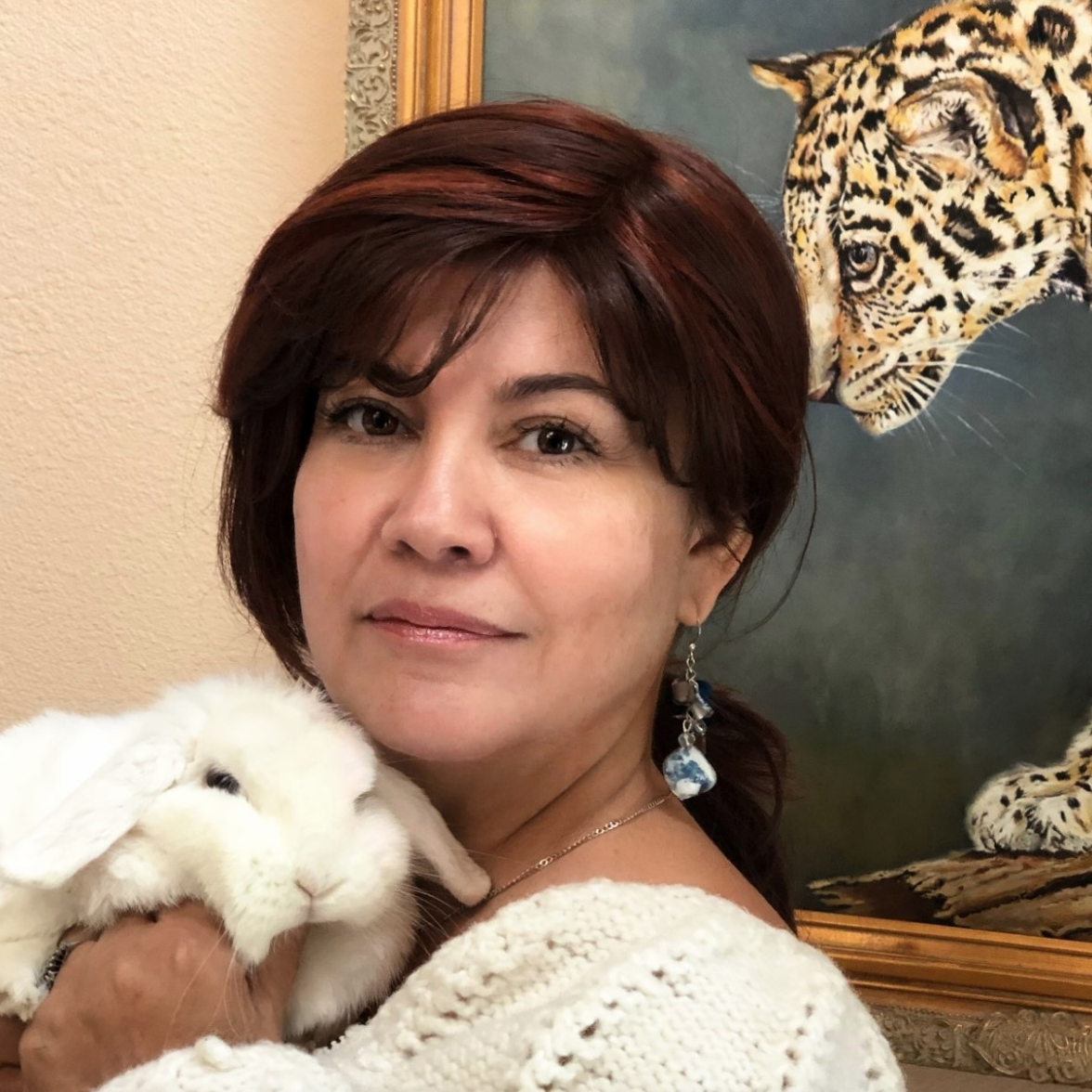
Artist: Rudolph Ernst
Title: The Favorite 1872
Medium:
Size:
Austrian Orientalist
Orientalist Paintings and Commentary on Orientalist Paintings by Rudolph Ernst

Ernst belonged to the second generation of Orientalist painters. The first generation, such as Delacroix, Vernet, Colin and Chasseriau were inspired by political events such as the liberation of Greece and Napoleon's conquest of Algeria. Artists from the second half of the century such as Gerome, Bauernfeind, Deutsch and Ernst were more interested in depicting scenes from the daily life of the East such as Bedouins gathering in sun bathed deserts, Bashi-Bazouks resting, Nubians guarding palaces or odalisques smoking narghiles in intimate harems. Ernst's first taste of the East was sparked by journeys to Moorish Spain, Morocco and Tunis and later to Constantinople and Egypt.
Whilst on these travels he became very interested in the eastern styles of decoration, in particular tile-making, and by 1900 he left Paris to live in Fontenay-aux-Roses, where he decorated his home in an Ottoman style and lived among the oriental objects which figured so largely in his paintings. In fact, he even painted wearing the tasseled cap known as a tarboosh. Heavily influenced by the academic style of Jean-Leon Gerome, both Ludwig Deutsch and Rudolf Ernst implemented the French master's exactitude in detail and intensity of color. Yet Ernst's work differs fundamentally when compared to both Gerome and Deutsch, as his compositions are eclectic assemblies and wondrous compilations of selected designs from different sources such as Algeria, Tunisia, Turkey and Andalusian Spain.
Source: Artfact